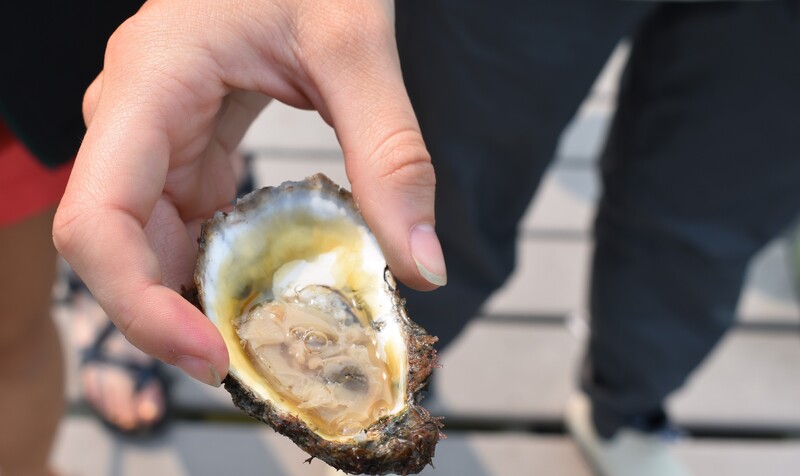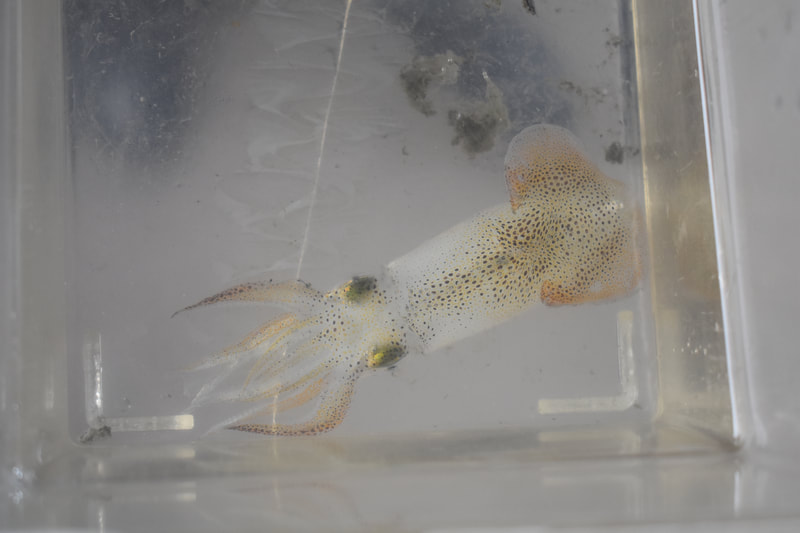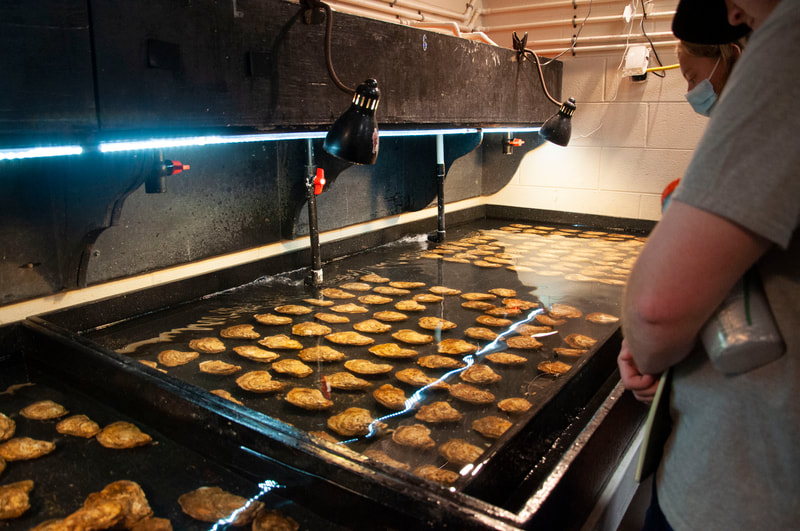BIOLOGY OF MOLLUSKS- TBD
DR. DANIEL SPOONER - COMMONWEALTH UNIVERSITY/LOCK HAVEN UNIVERSITY
Course Description:
Over the last 500 million years, the phylum Mollusca has experienced one of the most expansive radiations in biological diversity, second only to the arthropods. To date, over 100 million species of bivalves (clams and mussels), gastropods (snails, limpets, and slugs), and cephalopods (squid, cuttlefish and octopus) have been described in a myriad of ecological systems. Their global distribution stems from their uncanny ability to embrace unique physiological and life-history adaptations to overcome environmental challenges. This “hands-on” course is designed to integrate field surveys, laboratory studies, and comparative physiology to survey molluscan biodiversity and understand the environmental factors that govern their distribution. Students will also study the socio-economic importance of ecological services provisioned by mollusks; which include biofiltration, climate resiliency, and food sustenance.
At the completion of the course the student shall be able to:
1. Use phylogenetic analyses to understand and communicate the evolutionary relevance of adaptive radiation.
2. Conduct field surveys for marine and freshwater mollusks and use taxonomic keys to identify common species in the Chincoteague region.
3. Design and implement experiments to evaluate how environmental factors govern the physiological ecology and distribution of mollusks. Students will then translate their research findings to larger scale environmental issues (land-use alteration, climate change, cultural eutrophication)
4. Understand and communicate the ecological services provisioned by mollusks, including their cultural and socioeconomic importance to coastal communities.
Marketable Skills Gained from This Course:
General Description of Field Activities:
Beachcombing, kayaking, boat trawling, wading/snorkeling. We will visit aquaculture facilities and meet with local managers tasked with conservation planning and the mitigation of anthropogenic stressors (climate change, eutrophication, and species extinctions).
Approximate Amount of Course Time in the Field:
60%
Prerequisites:
One year (two semesters) of college level biology
Required Textbook or Supplies: 1) The Mollusks: A Guide to Their Study, Collection, and Preservation, by C.F. Sturm (Editor), T.A. Pearce (Editor), A. Valdes (Editor)
2) Personal Laptop, ethernet cable, and external memory stick (recommended)
3) Headlamp or flashlight
4) Protective water shoes or boots
5) Mask and snorkel (optional)
Number of Students:
9-15
2024 Chincoteague Bay Field Station Fee*:
3 week course; housing and meals included
Salicornia; $1,794
Traditional; $1,644
Fees are subject to change at the discretion of the Board of Directors
* Does not include university tuition or fees. For specific policy on CBFS fees, click HERE.
Over the last 500 million years, the phylum Mollusca has experienced one of the most expansive radiations in biological diversity, second only to the arthropods. To date, over 100 million species of bivalves (clams and mussels), gastropods (snails, limpets, and slugs), and cephalopods (squid, cuttlefish and octopus) have been described in a myriad of ecological systems. Their global distribution stems from their uncanny ability to embrace unique physiological and life-history adaptations to overcome environmental challenges. This “hands-on” course is designed to integrate field surveys, laboratory studies, and comparative physiology to survey molluscan biodiversity and understand the environmental factors that govern their distribution. Students will also study the socio-economic importance of ecological services provisioned by mollusks; which include biofiltration, climate resiliency, and food sustenance.
At the completion of the course the student shall be able to:
1. Use phylogenetic analyses to understand and communicate the evolutionary relevance of adaptive radiation.
2. Conduct field surveys for marine and freshwater mollusks and use taxonomic keys to identify common species in the Chincoteague region.
3. Design and implement experiments to evaluate how environmental factors govern the physiological ecology and distribution of mollusks. Students will then translate their research findings to larger scale environmental issues (land-use alteration, climate change, cultural eutrophication)
4. Understand and communicate the ecological services provisioned by mollusks, including their cultural and socioeconomic importance to coastal communities.
Marketable Skills Gained from This Course:
- Field survey techniques to assess the abundance and diversity of bivalves and gastropods in different habitats (intertidal, saltwater marsh, freshwater systems).
- Identification of the molluscan fauna of eastern coastal communities (bivalves, gastropods, squid, and octopus)
- Design, implement, and analyze field and lab studies.
- Critically evaluate peer-reviewed literature and communicate their own research results through oral presentations.
General Description of Field Activities:
Beachcombing, kayaking, boat trawling, wading/snorkeling. We will visit aquaculture facilities and meet with local managers tasked with conservation planning and the mitigation of anthropogenic stressors (climate change, eutrophication, and species extinctions).
Approximate Amount of Course Time in the Field:
60%
Prerequisites:
One year (two semesters) of college level biology
Required Textbook or Supplies: 1) The Mollusks: A Guide to Their Study, Collection, and Preservation, by C.F. Sturm (Editor), T.A. Pearce (Editor), A. Valdes (Editor)
2) Personal Laptop, ethernet cable, and external memory stick (recommended)
3) Headlamp or flashlight
4) Protective water shoes or boots
5) Mask and snorkel (optional)
Number of Students:
9-15
2024 Chincoteague Bay Field Station Fee*:
3 week course; housing and meals included
Salicornia; $1,794
Traditional; $1,644
Fees are subject to change at the discretion of the Board of Directors
* Does not include university tuition or fees. For specific policy on CBFS fees, click HERE.




